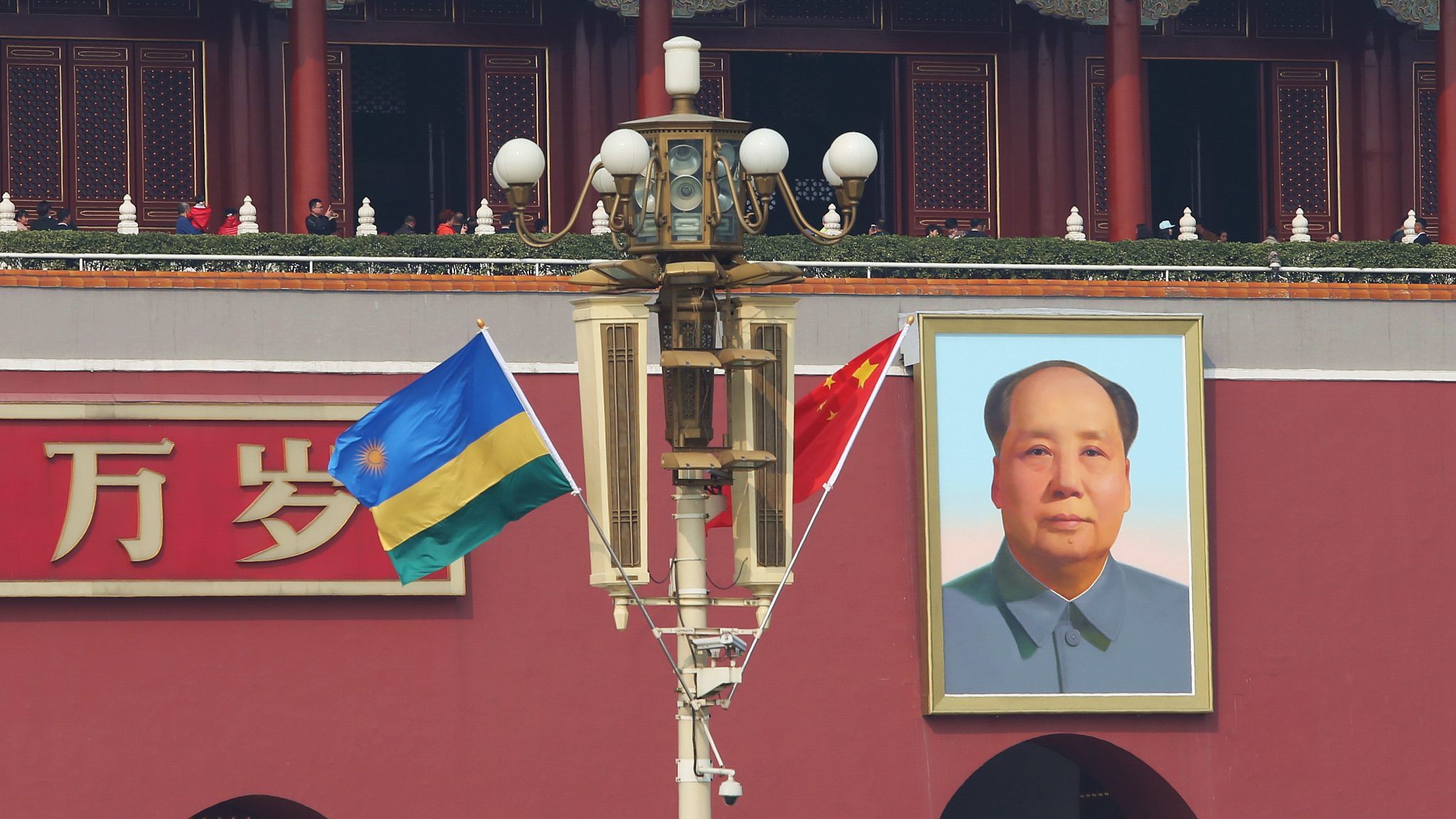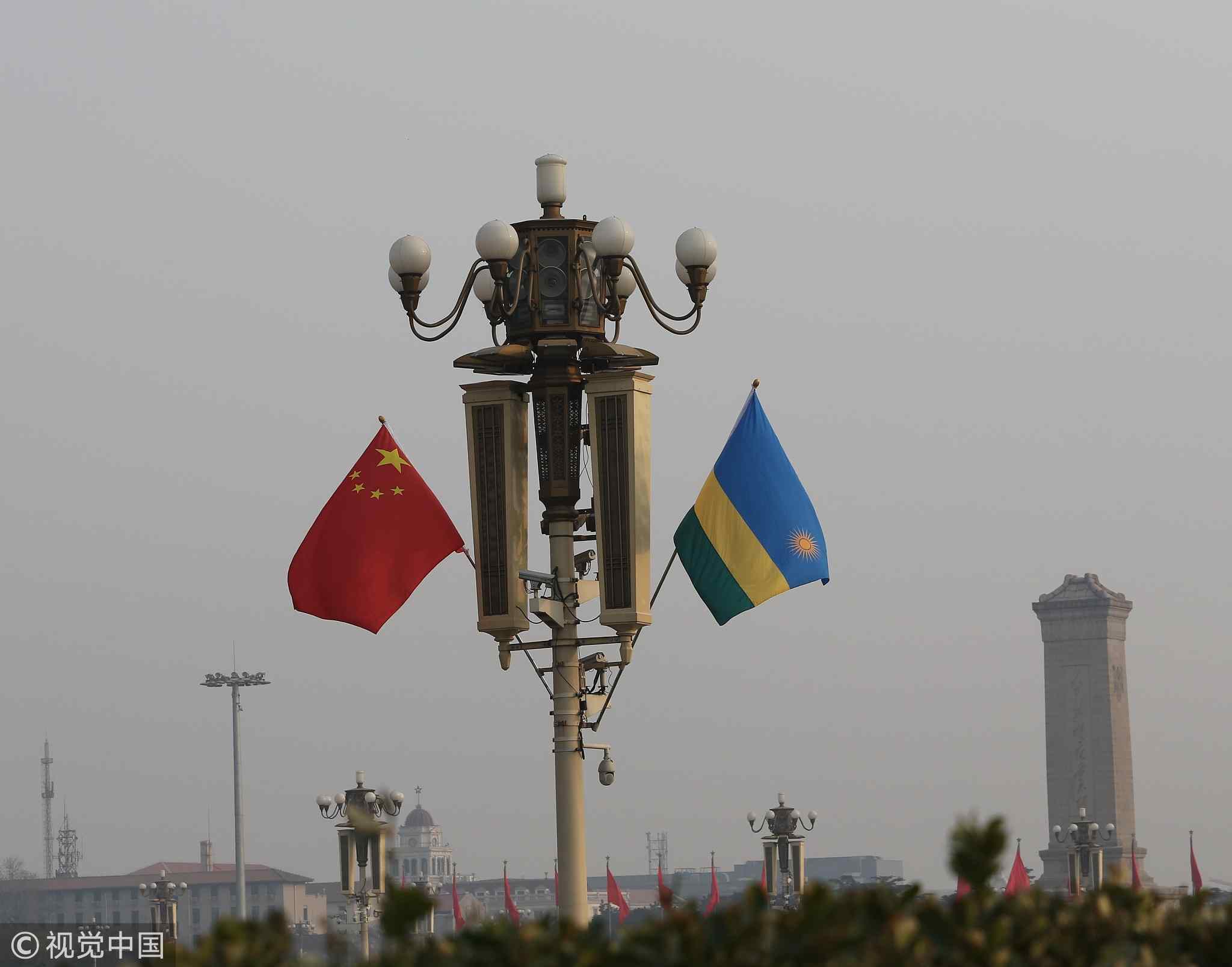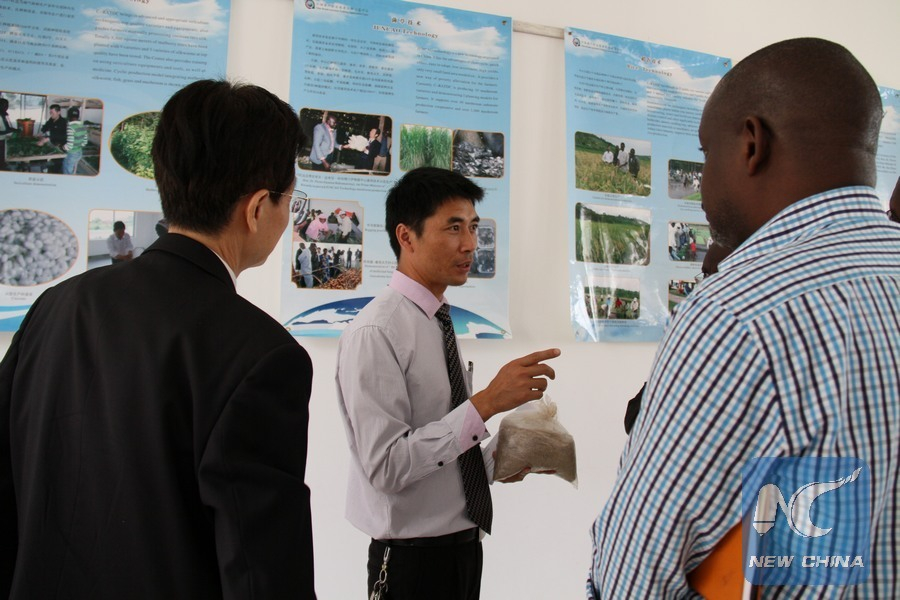
Opinions
08:29, 23-Jul-2018
Opinion: China-Rwanda, a road that carries mushrooms and rejuvenation
Updated
08:10, 26-Jul-2018
Shen Shiwei

Editor’s note: Shen Shiwei is a research fellow of the Charhar Institute and former government relations and business consultant for Chinese enterprises permanently in Africa.
Rwanda is reborn.
With a population of approximately 12 million as of 2016, one of the highest population densities among African countries, Rwanda has abundant human capital, especially those from the young generations, to boost its national rejuvenation. The important issue is how to find a suitable way to achieve it.
Here are the roads, here is the rejuvenation
“Wanna be rich? Build roads first!”
Today, driving and logistic mobility are more convenient and efficient in Rwanda, the landlocked country of a thousand hills. The tiny economic powerhouse of East Africa reached a record 6.1 percent GDP growth in 2017.
One of the main reasons behind its robust economic growth is a well-connected and efficient national highway system. Chinese companies are good partners for these projects, such as the upgrading of urban roads in Rwanda's capital, Kigali, by the China Road & Bridge Corporation (CRBC).
The Kigali City Council even awarded the project for its distinguished contribution to the beautification of the city in 2011.
Back in 1974, then Foreign Aid Office under the Chinese Ministry of Communications – the predecessor of China Road & Bridge Corporation (CRBC) – entered Rwanda’s engineering market. The 160-kilometer Kigali-Rusumo road completed in 1977 became the main artery connecting Kigali with neighboring Tanzania.
Four decades later, the road remains in good condition, and has even garnered the reputation of the “African Model Road.”
After over 40 years of cooperation, Chinese companies have become household names in Rwanda as they undertake 70 percent of the country’s national highway construction. All of the projects have provided secondary benefits such as job creation, knowledge transfer and capacity building.
The highway system is not only connecting Rwanda’s provinces and villages, but also integrating itself with neighboring Burundi, Tanzania, Uganda and the Democratic Republic of Congo. Finally, it is enhancing regional integration as well as stimulating trade among these countries, especially those who are members of the East African Community (EAC).

National flags of China and Rwanda / VCG Photo
National flags of China and Rwanda / VCG Photo
A road carries mushrooms, a road creates hope
For a long time, mushrooms were not on the menu for many Rwandan families, primarily due to old superstitious claims that a farmer who eats a mushroom will lose a cow. Today, mushrooms are not only a staple source of protein and other nutrients, but also generate cash.
Chinese experts in Rwanda say that mushrooms turn a profit quicker than traditional crops grown in the country, earning as much as 80,500 Rwandan francs (about 100 US dollars) per square meter after just eight days, compared to six months needed for sorghum or maize.
At the China-Rwanda Agricultural Technology Demonstration Centers (ATDCs), Chinese agronomists are sharing an efficient mushroom-growing method called “Juncao,” or “mushroom grass,” invented by Professor Lin Zhanxi at Fujian Agricultural University in southeastern China in the 1980s.
With this method, mushrooms can grow quickly in agricultural waste and Juncao instead of traditional sawdust, helping preserve Rwanda’s forests.
So far, the Chinese have trained more than 1,000 Rwandans in the method, though it’s still a small and slow-growing industry. But some entrepreneurs in Rwanda and neighboring countries see the potential.

Hu Yingping, an expert from China Fujian Agriculture and Forestry University, talks to colleagues at the China-Rwanda Agriculture Technology Demonstration Center. /Xinhua News Agency
Hu Yingping, an expert from China Fujian Agriculture and Forestry University, talks to colleagues at the China-Rwanda Agriculture Technology Demonstration Center. /Xinhua News Agency
A path of pan-Africa rejuvenation
At present, Rwandan President Paul Kagame is also the rotating chair of the African Union (AU).
He has demonstrated effective leadership and zero tolerance for corruption while strengthening good governance and contributing significantly to global peace and order under the UN and the AU peacekeeping missions. All this shows Rwanda’s strong intentions to boost pan-Africa integration, especially after the historic African Continental Free Trade Area (AfCFTA) agreement was signed in Kigali.
For decades, China has worked alongside African countries to contribute to many peacekeeping and humanitarian missions in many parts of the world, including on the continent itself. They’ve also worked together by exchanging experiences on poverty alleviation, infrastructure construction, medical assistance and the development of human resources.
As the Beijing Summit of the Forum on China-Africa Cooperation (FOCAC) approaches, both sides will strengthen the common idea in preserving Africa's unity, promoting its development and letting African countries play a larger role in the international arena.
As such, China and African countries have vowed to draw more concrete paths to achieve their dreams of rejuvenation.

SITEMAP
Copyright © 2018 CGTN. Beijing ICP prepared NO.16065310-3
Copyright © 2018 CGTN. Beijing ICP prepared NO.16065310-3